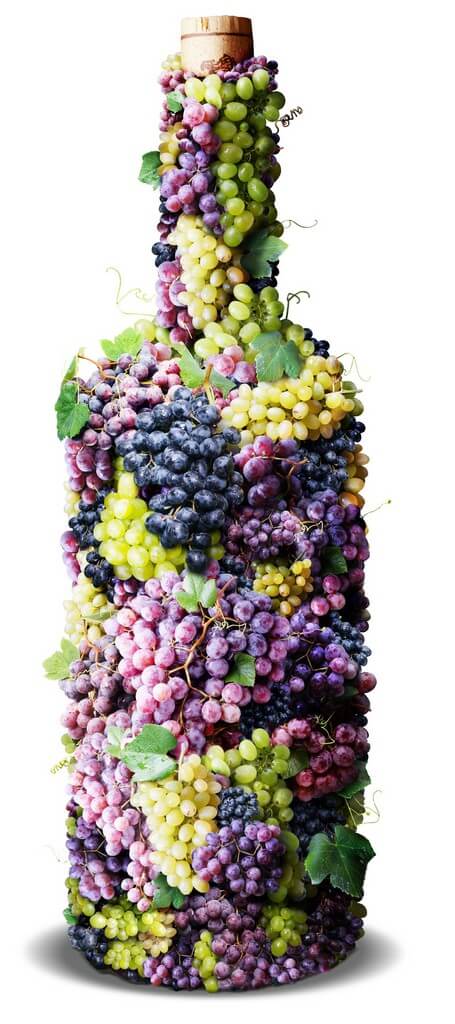Did you know that the history of viticulture in our territory dates back to the 6th century BC? We bring you interesting information about the history of Slovak wine growing, wine-growing areas and the most popular varieties grown here.
The beginnings of wine history
Archaeological findings – 7 wine knives from the 6th – 7th century. p.n.l. – show that the vine was the first to grow the Celtic population, produce wine and export it as luxury goods to the northern areas.
Then the Romans came to this area, who established vineyards on the slopes of the Little Carpathians two thousand years ago and the vine is growing more intensively.
The noble species of grape vine were brought by the Romans during the reign of Emperor Marc Aurelius Prób (276-282 AD), and after the arrival of the first Slavs in our country, viticulture and winemaking were well developed.
The development of viticulture continued until the 13th century, when most of the vineyards were destroyed due to the devastating invasion of the Tatars. In the 15th century after the arrival of colonizers – Germans in the West and Italians in the territory of today’s Tokaj – vine growing began to flourish. With the exception of Orava, Vinohrady was present in almost all of Slovakia.

History of Slovak viticulture and winemaking
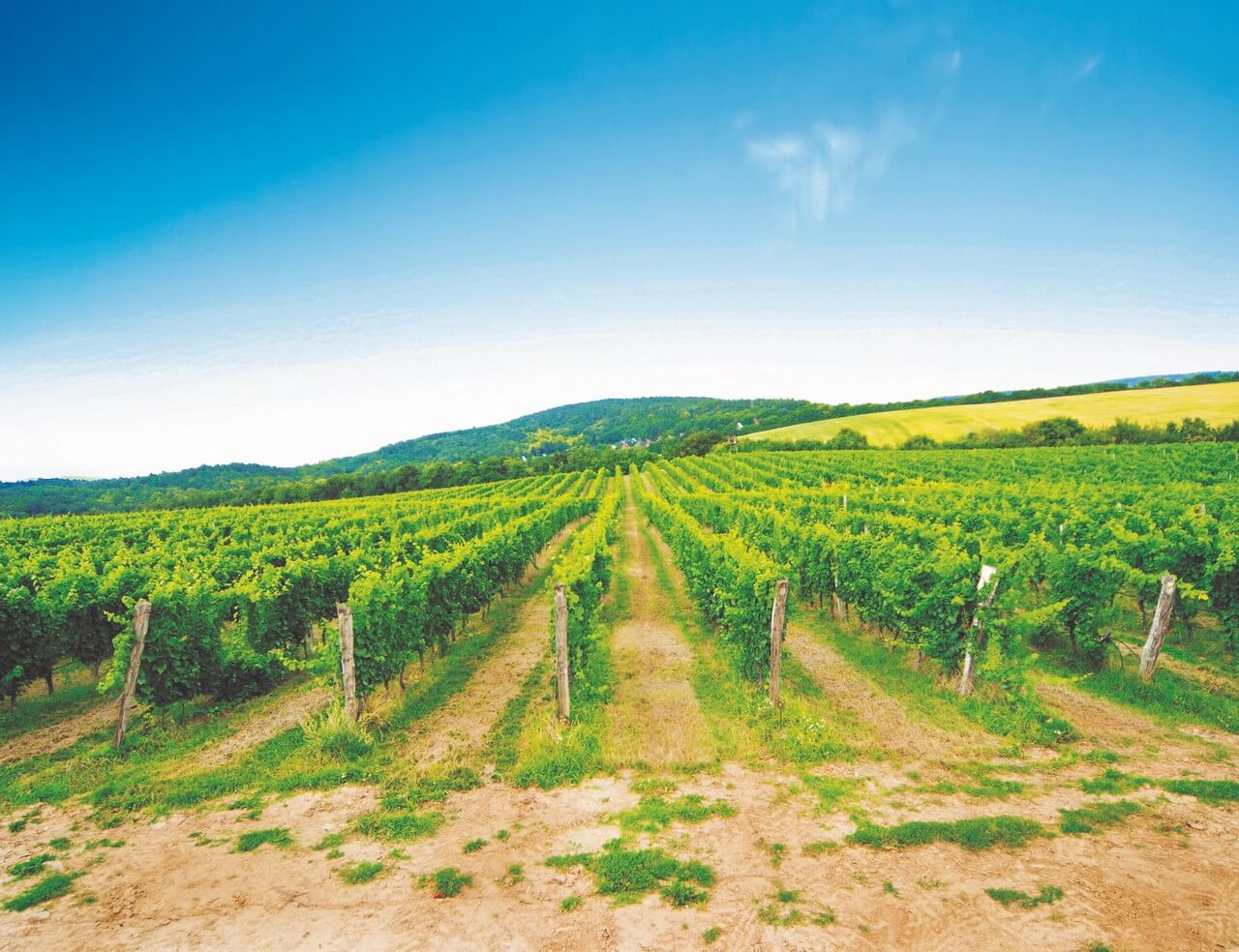
In addition to the currently known areas of Small Carpathians, South Slovakia, Central Slovakia, Nitra, East Slovakia and Tokaj, Liptov (Ružomberok), Spiš (Levoča), northeastern Slovakia (Prešov, Bardejov) and elsewhere.
However, up to 70% of the total quantity of wine sold in Slovakia came from Western Slovakia and Hont. Bratislava enjoyed a special position in this period, mainly due to the Danube Trade Road. Bratislava is considered to be the oldest wine-growing village in Slovakia.
Written records of vine growing in its surroundings date back to 997-1038. At the beginning of the 15th century, specifically in 1435, there were 474 wine-growing families registered in Bratislava, which own 2,003 vineyards, spread over 114 vineyard beds (grunts).
These winemakers produced in the said year 226,952.5 shackles of wine, i. approx. 15 356 hl of tensile wine. The tradition of paying nines, tithes, land taxes on vineyards and production to towns and monarchs was established. Such an economy helped to develop crafts. As a result, cities gained various privileges and freedoms. By the end of the 15th century, wine-growing guilds were established, the right to tap and inherited the customs of wine-making and wine-making. In the second half of the 16th century wine production in our territory reached 650 to 700 thousand. hl of wine per year with a population of about 1 million. Later in the 16th and 17th centuries, probably under the influence of unresponsiveness, the cultivation of grapes in such a large geographical distribution was abandoned and in the early modern period the viticulture in our country developed already in a limited region in which it is known today.
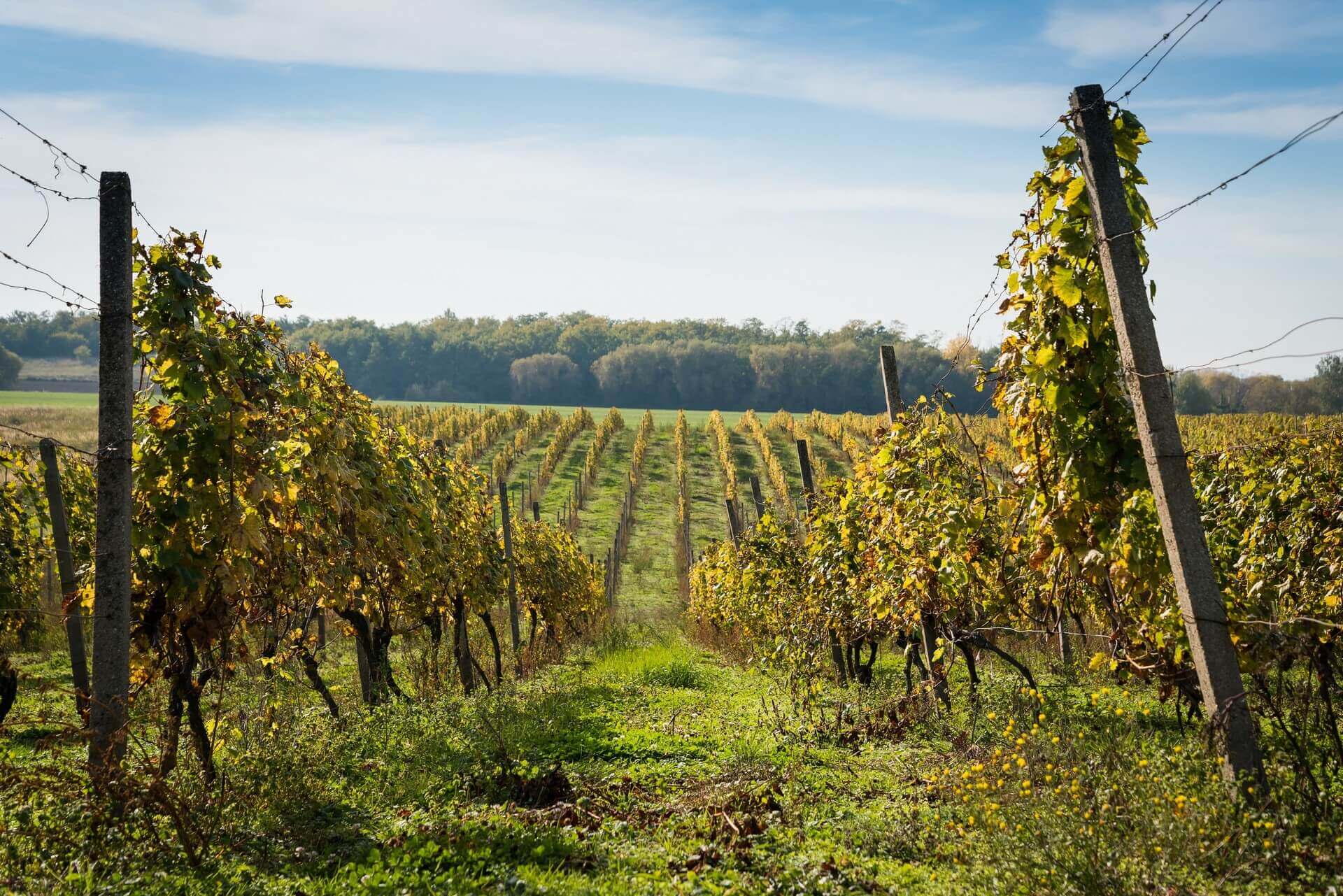
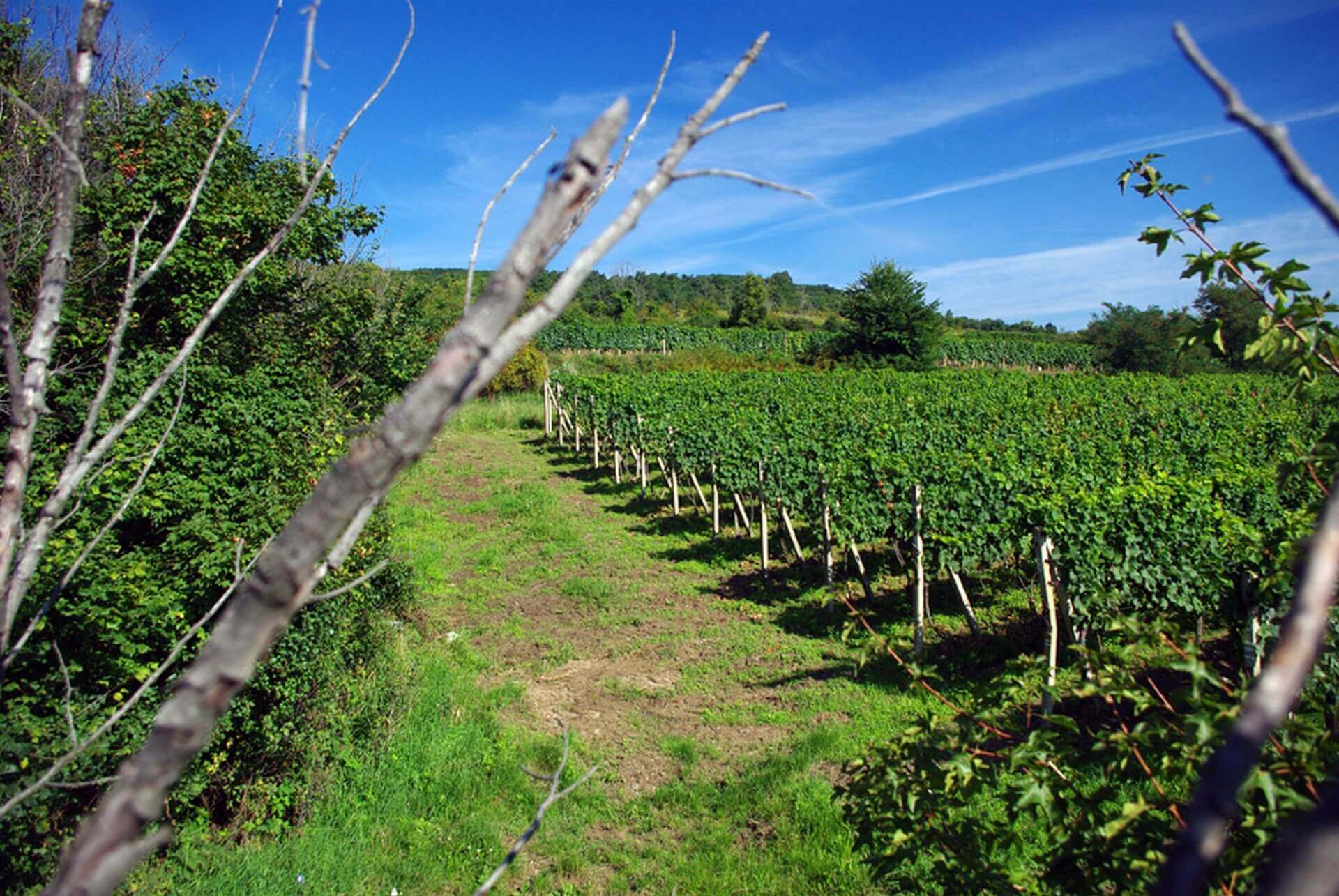
The decline in wine production continued throughout the 18th and 19th centuries, also under the influence of newly introduced diseases (pereospora) and pests (phyloxera) until the 1920s (the period of economic crisis) and the interwar period until the 1960s. The greatest area-wide development of viticulture was recorded in the 1960s to 1980s, but was marked by collectivization and mass production regardless of quality. Compared to 1945, when the vine was cultivated on an area of 15 250 ha, its cultivated area increased in 1985 to 32 140 ha. In the last twenty years, the wine-growing sector has seen a significant drop in area, while today the harvest area is just under 10 000 ha. For the production of grapes and wine production are currently used the latest technology, which, in conjunction with historical knowledge and tradition, allow the production of high quality wines.
Climate conditions in Slovakia
Slovakia is a Central European country and its pedoclimatic conditions are similar to those in neighboring wine-growing countries: the Czech Republic, Hungary and Austria.
Viticulture is concentrated in the southern part of the country, especially on the southern, southeast and southwestern slopes of the Carpathians, which occupy approximately 2/3 of the country’s territory.
The Slovak wine-growing region is divided into six wine-growing areas, which are divided into 40 wine-growing regions and 603 wine-growing villages. Each area is characterized by specific natural conditions and distinctive history.
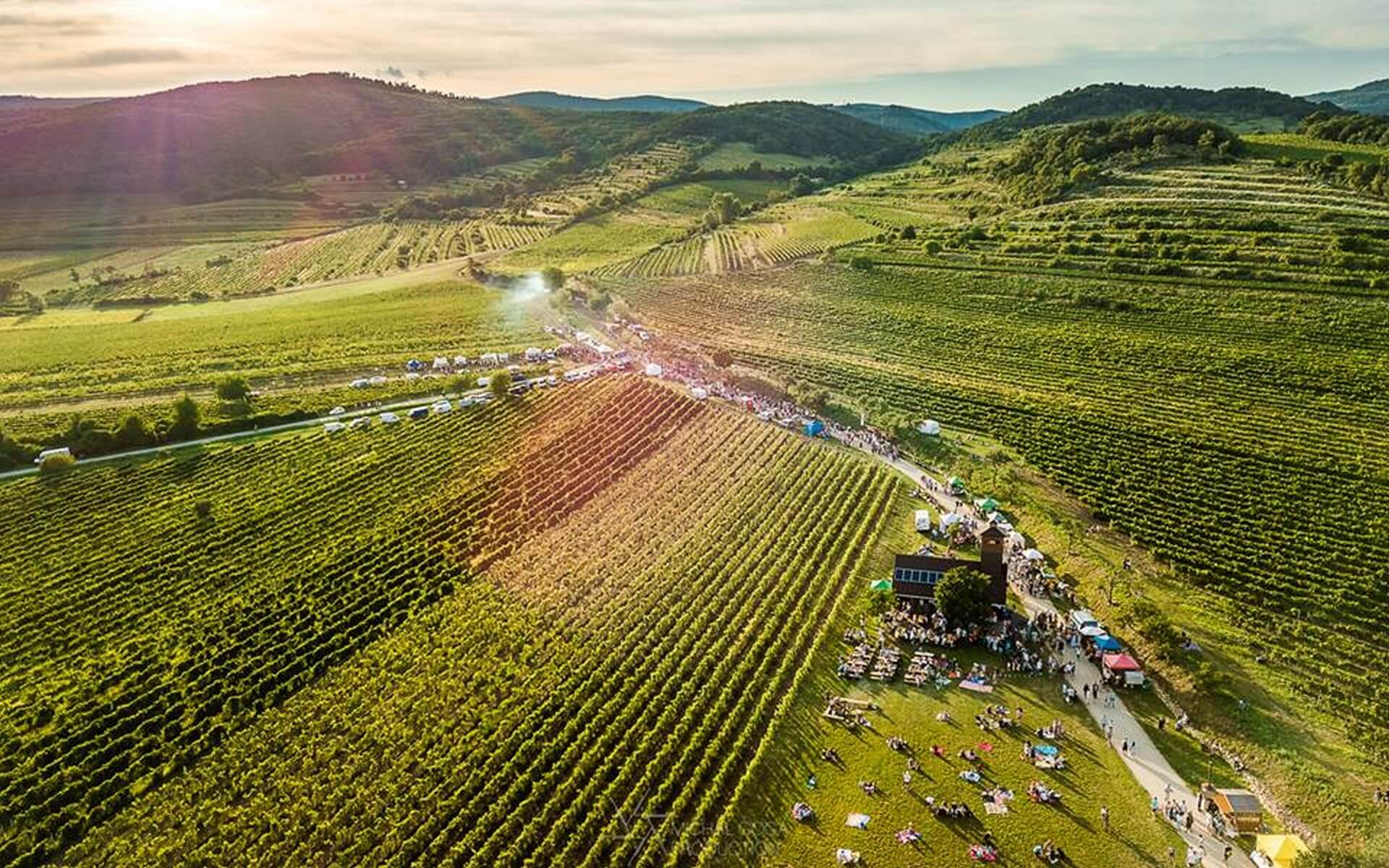
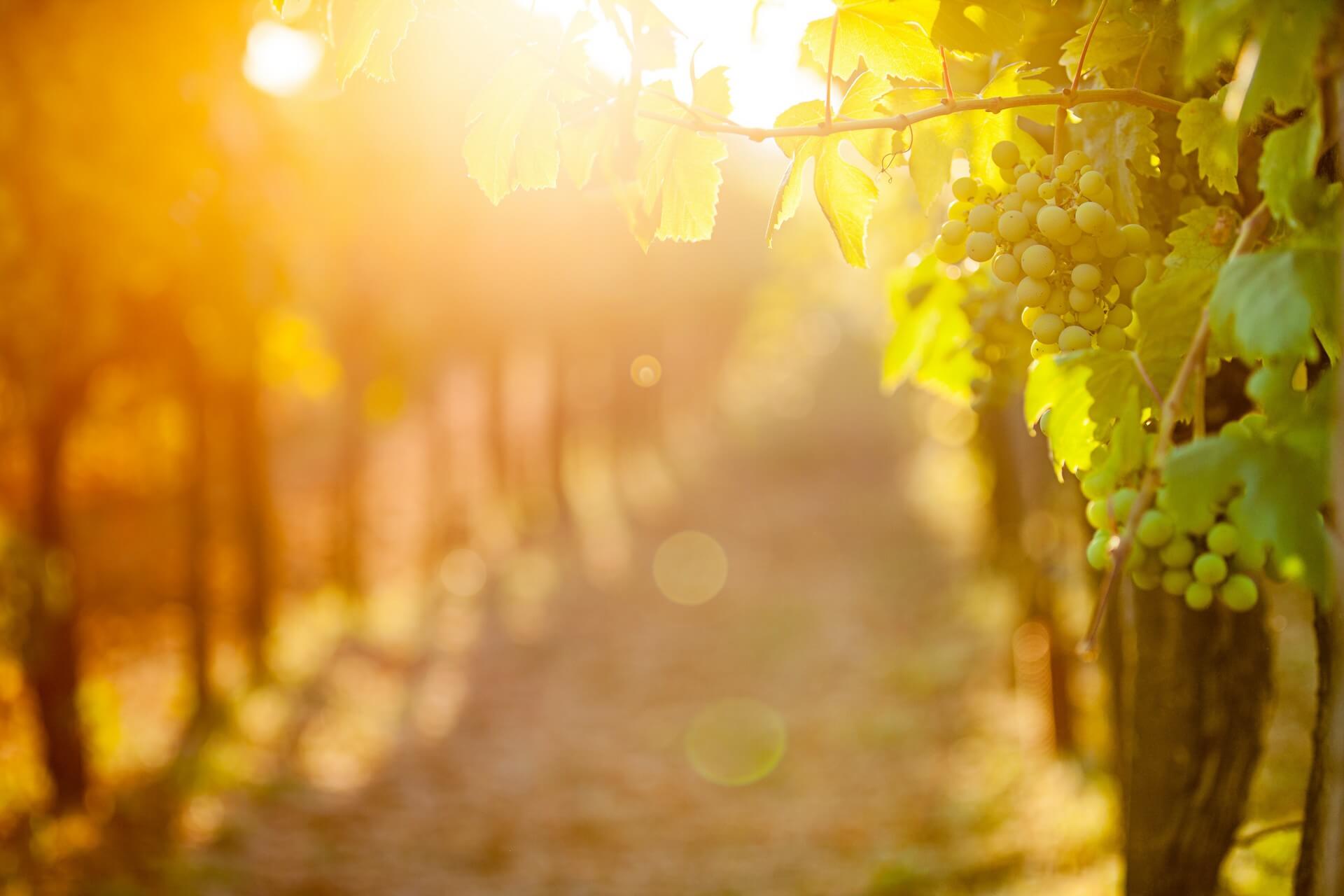
The climate is mildly continental and is characterized by a more seasonal amplitude compared to Western Europe: the temperature difference between winter and summer is on average about 20 ° C. On the other hand, in Slovakia there is less sun and heat in summer than in the Mediterranean region.
The geological substrate of the Slovak wine-growing areas is very variable. There are crystalline rocks, limestone, volcanic rocks, as well as fluvial and aeolian sediments. This diversity, which is further emphasized by the great topoclimatic variability, represents a huge potential in terms of the typical character of Slovak wines.
Wine regions in our country
The Slovak wine-growing region is divided into six wine-growing areas, which are divided into 40 wine-growing regions and 702 wine-growing villages.
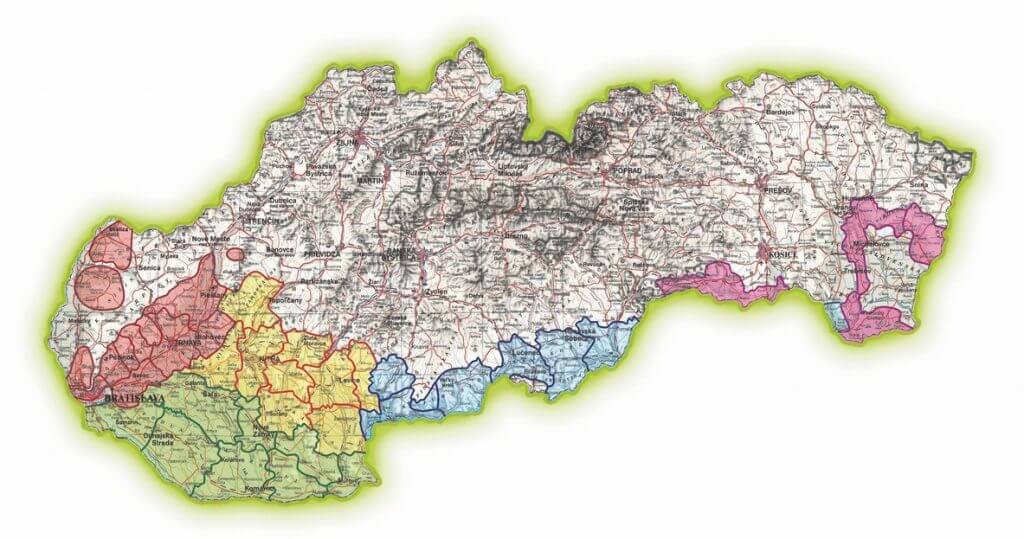
Small Carpathian wine region
Wines from the heart of Europe and at the same time from its interface. Wines multiethnic and yet Slovak. Wines with an ancient experience of the Celts and Romans, Moslem Germans and of course the Slovaks. They are born in the southwest of Slovakia in the oldest and most famous wine-growing region. It stretches from the confluence of the Morava and Danube to Čachtice, linked with the name of Countess Báthoričky, from the Hlohovec hills to the Skalica mountain range. In a small area there is an unusual concentrate of soils differing in their geological composition. The vineyards with a unique terroir gave birth to distinctly distinctive wines, which have been balanced with gold since the Middle Ages. Warm Veltliner greens, the famed Rizling Walnuts, the original Girl’s Grape and Silvian Greens, the modern European Chardonnay, the original Devin, the forever royal Frankovka blue and the traditional Blue Portugal.
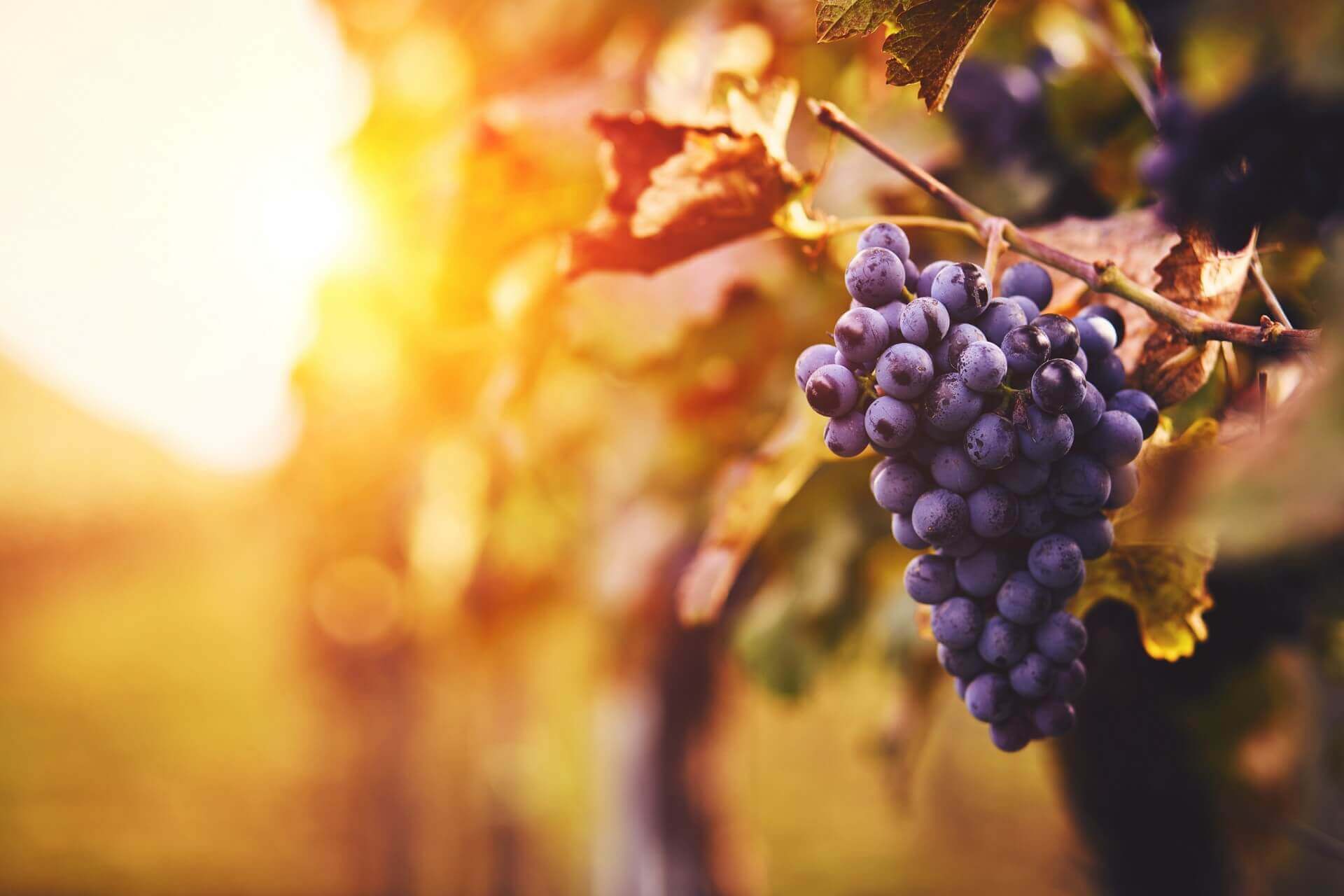
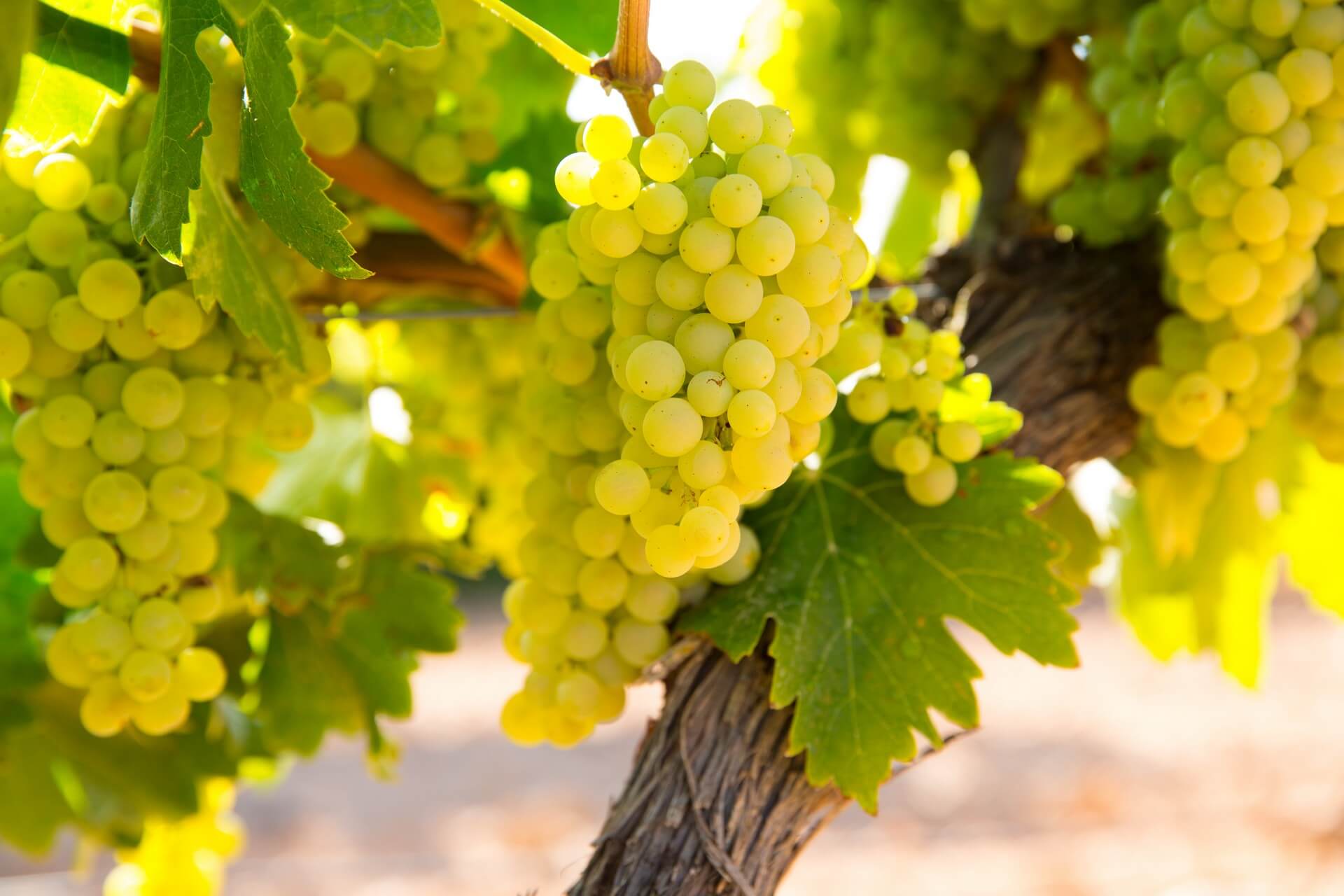
Ancient wine-growing villages and towns such as Rača, Svätý Jur, Limbach, Pezinok and Modra, a wide-open wine soul and a cellar headed by the National Wine Salon in Bratislava – this is the Small Carpathian Wine Region.
Soil conditions: Geological substrate is mostly alluvial cones of small Carpathian streams and soils are loamy-sand, medium skeleton. In the southwest, the fluvial sediments of Moravia, or you know sand, dominate.
Climatic conditions: Characteristic are significant differences between day and night temperature, which during the vegetation time reaches 15 °C.
Southern Wine Region
The big ones produce large wines in their basin. To the north of the Danube lies the exclusive corner of the Slovak wine abundance. It is a territory that God has blessed by location, sun and microclimate. There are three regions in the wine universe: Štúrovský, Strekovský and Hurbanovský.
The area is the mother of the great Rizling Walnut and the first Slovak Rizling Rhine, registered in the world famous Wine Spectatore Robert Parker. Attributive wines from late harvest to raisins, ice and straw – this is an amazing potential with a readable terroir.
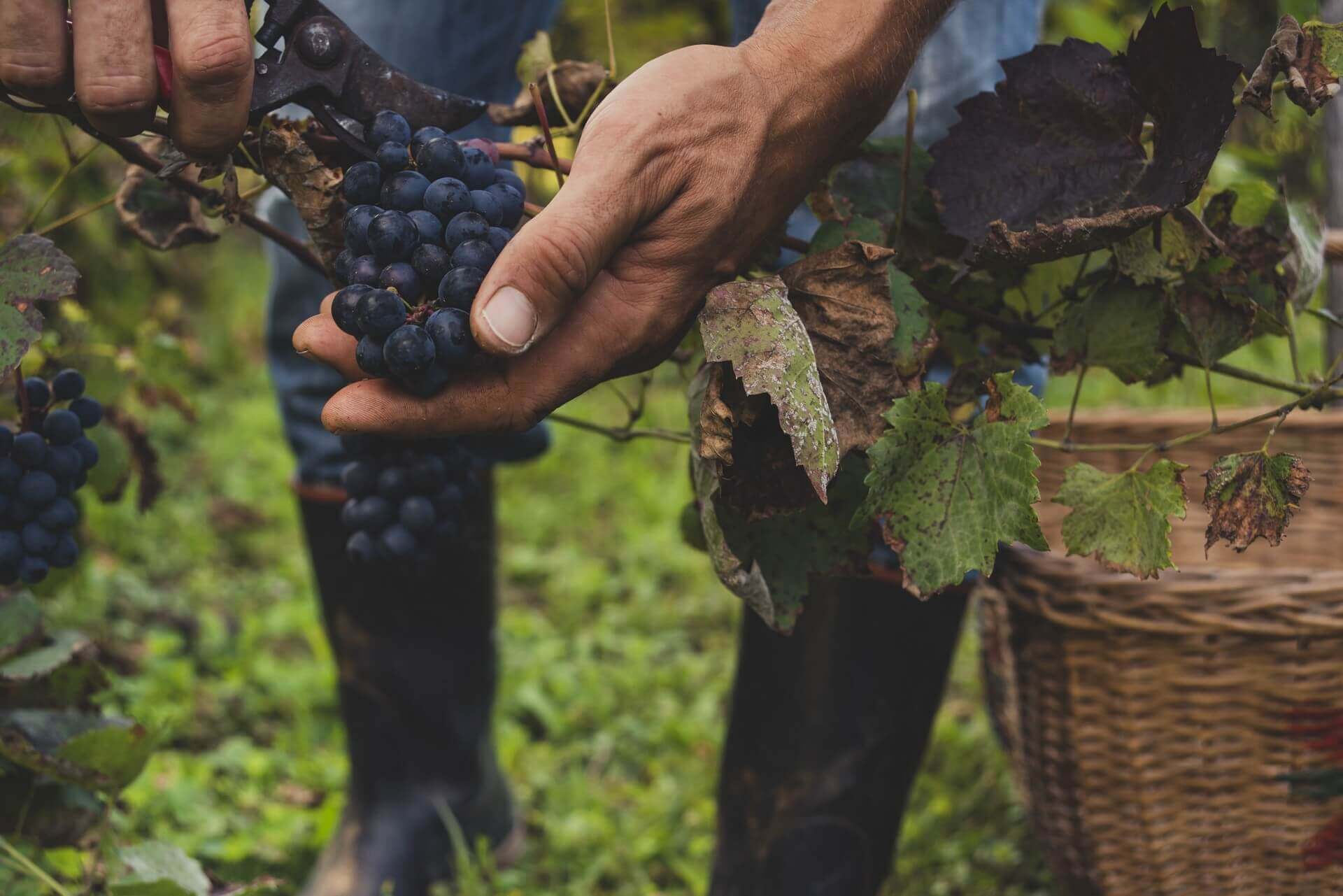
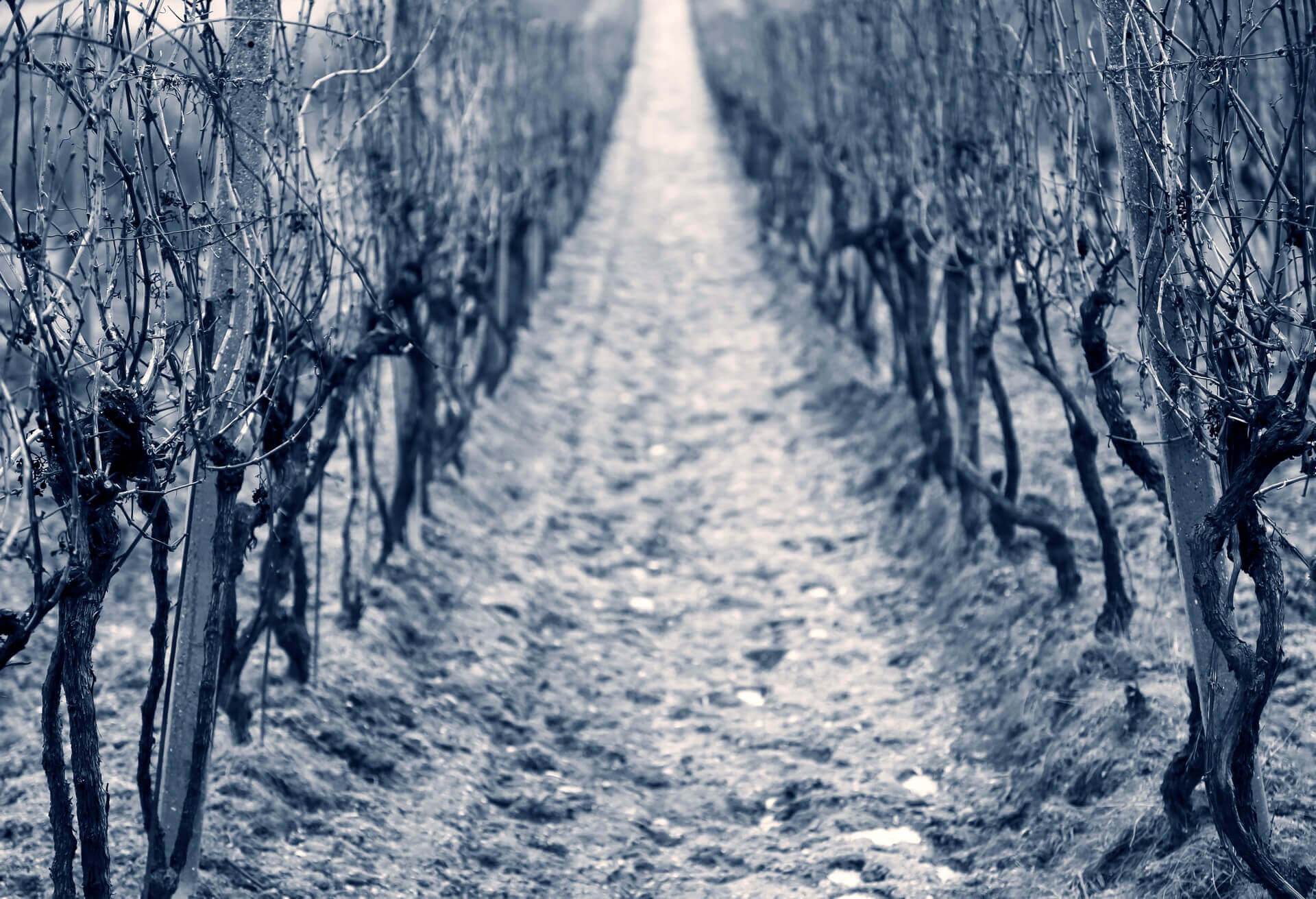
Beautiful Chardonnay and Sauvignon, Pinot trefoil in white, gray and blue design. Cabernet Sauvignon in a unique Central European version and the Danube as a new Slovak jewel. This is the South Slovak wine region.
Soil conditions: Loess hills are the basis of vineyards in the eastern and southern parts of the area. The fluvial sediments of the Danube and gravel and gravel are the bedrock in the western part of the area.
Climatic conditions: The hottest corner of Slovakia with the highest temperatures during the vegetation even longer than 30 ° C. The growing season lasts 2 weeks longer compared to the whole country.
Central Winemaking area
There are table and wine mountains. In the south of central Slovakia, the vineyard hills turn out to meet the sun. The climate and soil composition is available again, the wines youthfully fresh and virgin clean, faithful picture of a lively natural environment. The white wines are managed by five wines – Riesling, Grüner Veltliner, Müller-Thurgau, Red Traminer, Pinot Blanc. It is also a great, ecologically pure form of Chardonnay. Red wines attract a pure varietal profile. Frankovka modrá will be registered in the congresses of light in 2002. Frankovka modrá was entered into the memory of the participants of the World Wine Congress in 2002.
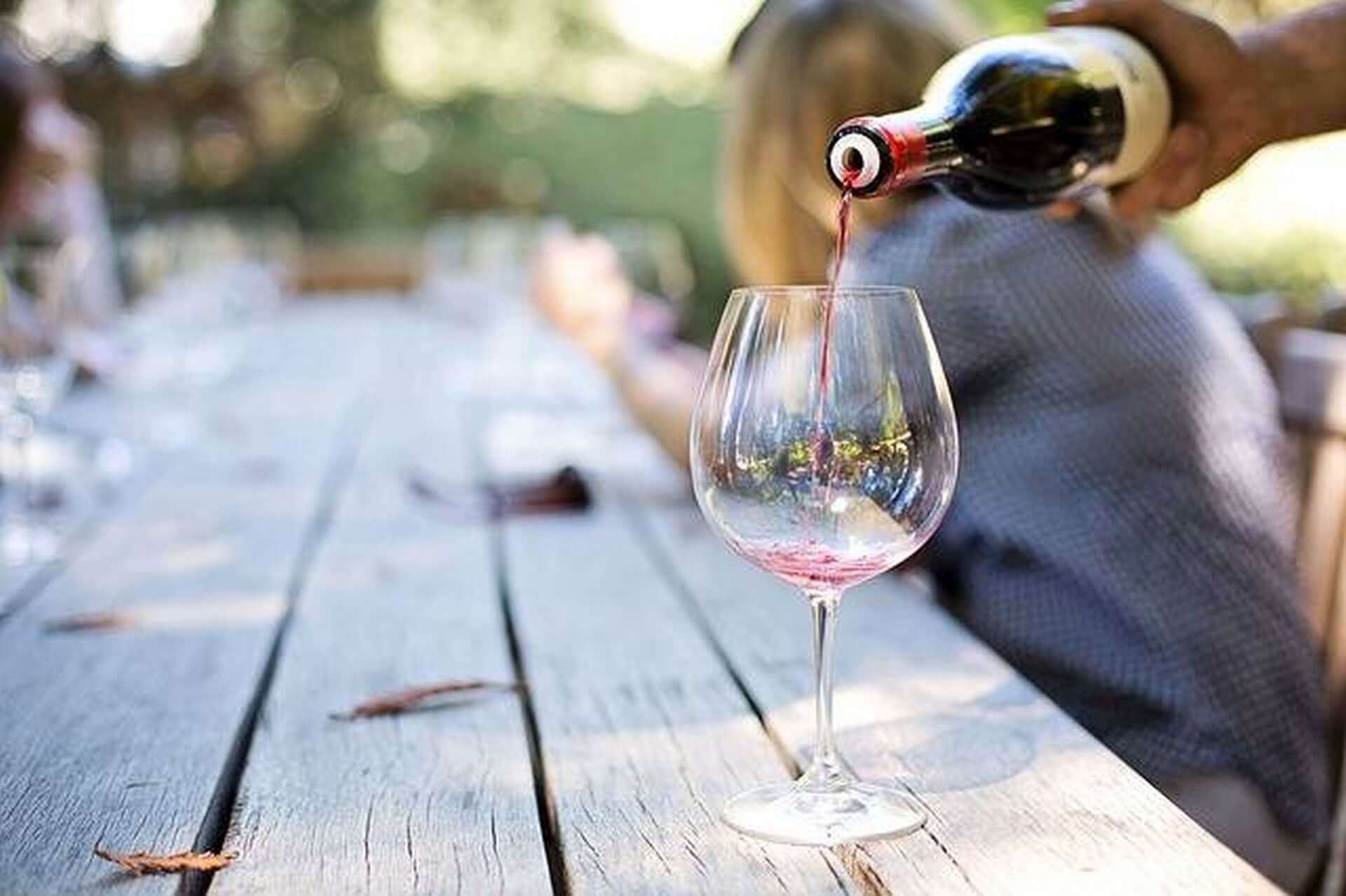
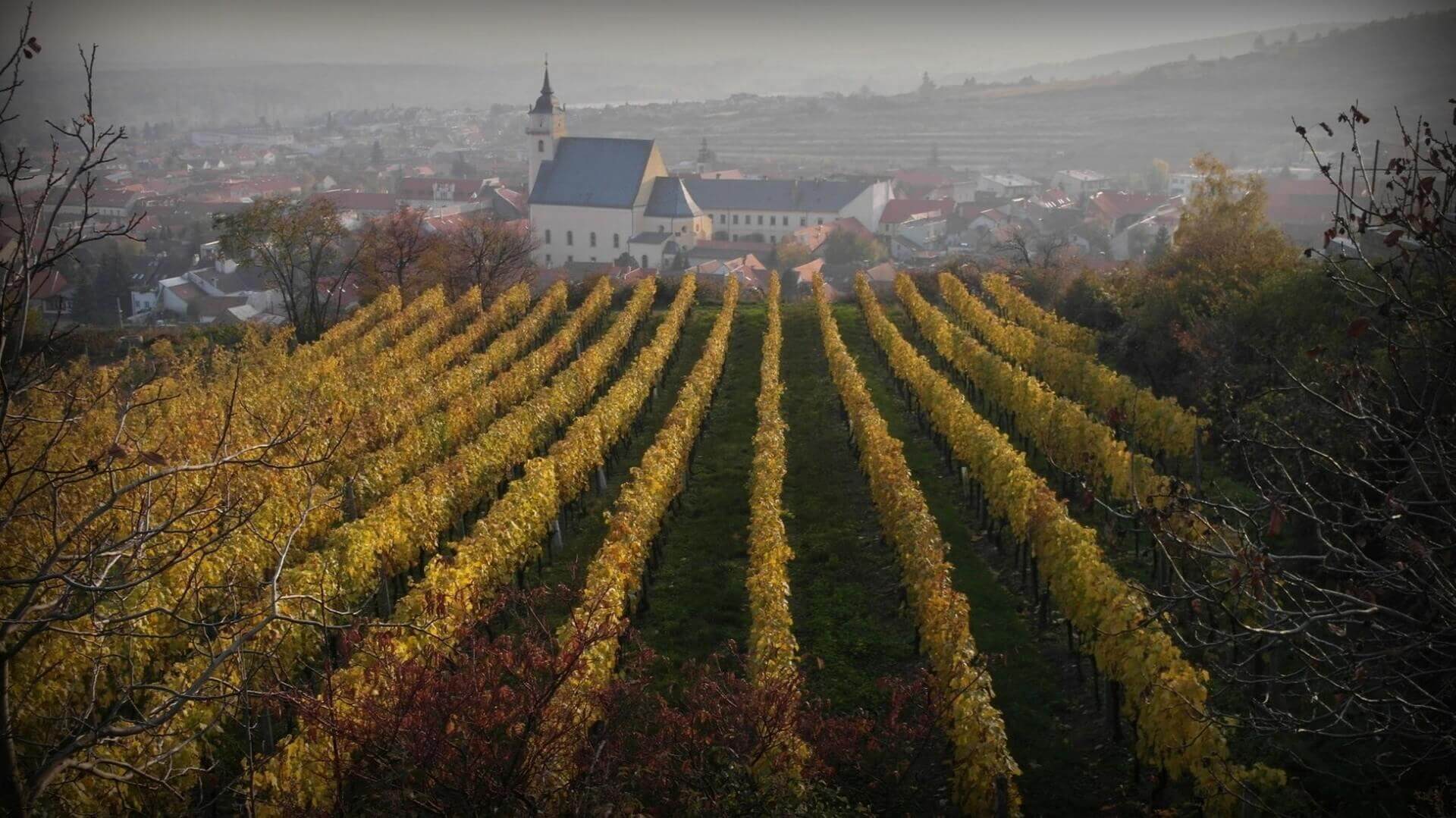
St. Lawrence and Blue Portugal come as a living legacy of the Slovak tradition in a modern concept and Cabernet Sauvignon proves the extraordinary potential of an extraordinary wine-growing area.
Soil conditions: Geological predominantly volcanic substrate, on which fertile androzeme, clayey to clayey soils were formed.
Climatic conditions: Moderate and dry. Vine growing here allows increased heat flow, which is influenced by the occurrence of brown coal deposits.
Nitra wine region
Wines, which drank Great Moravian princes, Queen of England and the highest ecclesiastical dignitaries, are born in historically sacred territory – in geographical and varied variety and therefore typically Slovak Nitra region. The rivers Lower Váh, Nitra, Hron, Zittau, the Považský and Pohronský Inovec mountains, the Tríbeč mountains, the Zobor and Sitno mountains are the variables defining the originality of the locations, their soil composition and the original microclimate. Four wine-growing towns and their traditions – Nitra, Topoľčianky, Vráble and Sered guarantee four wine-growing expressions.
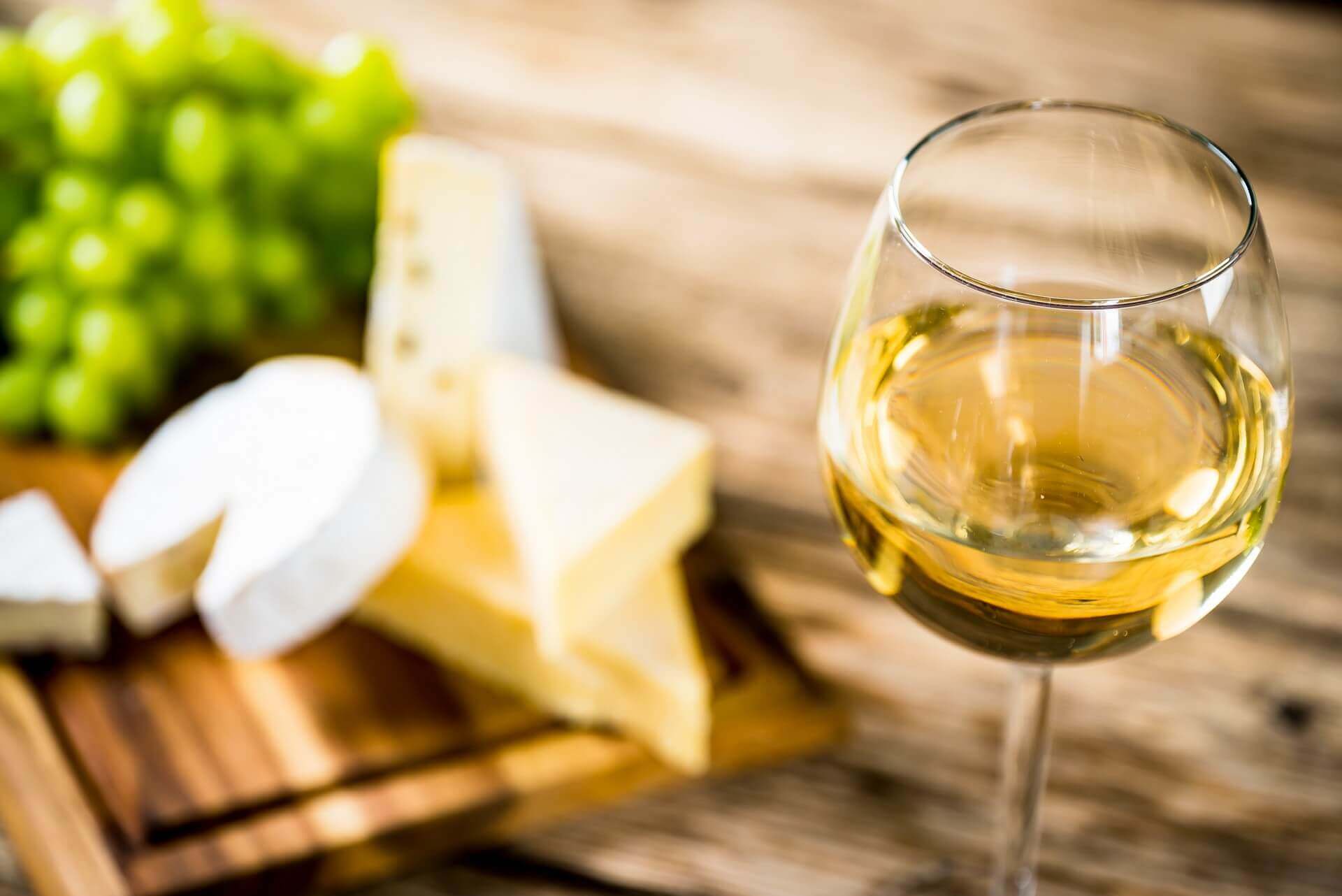
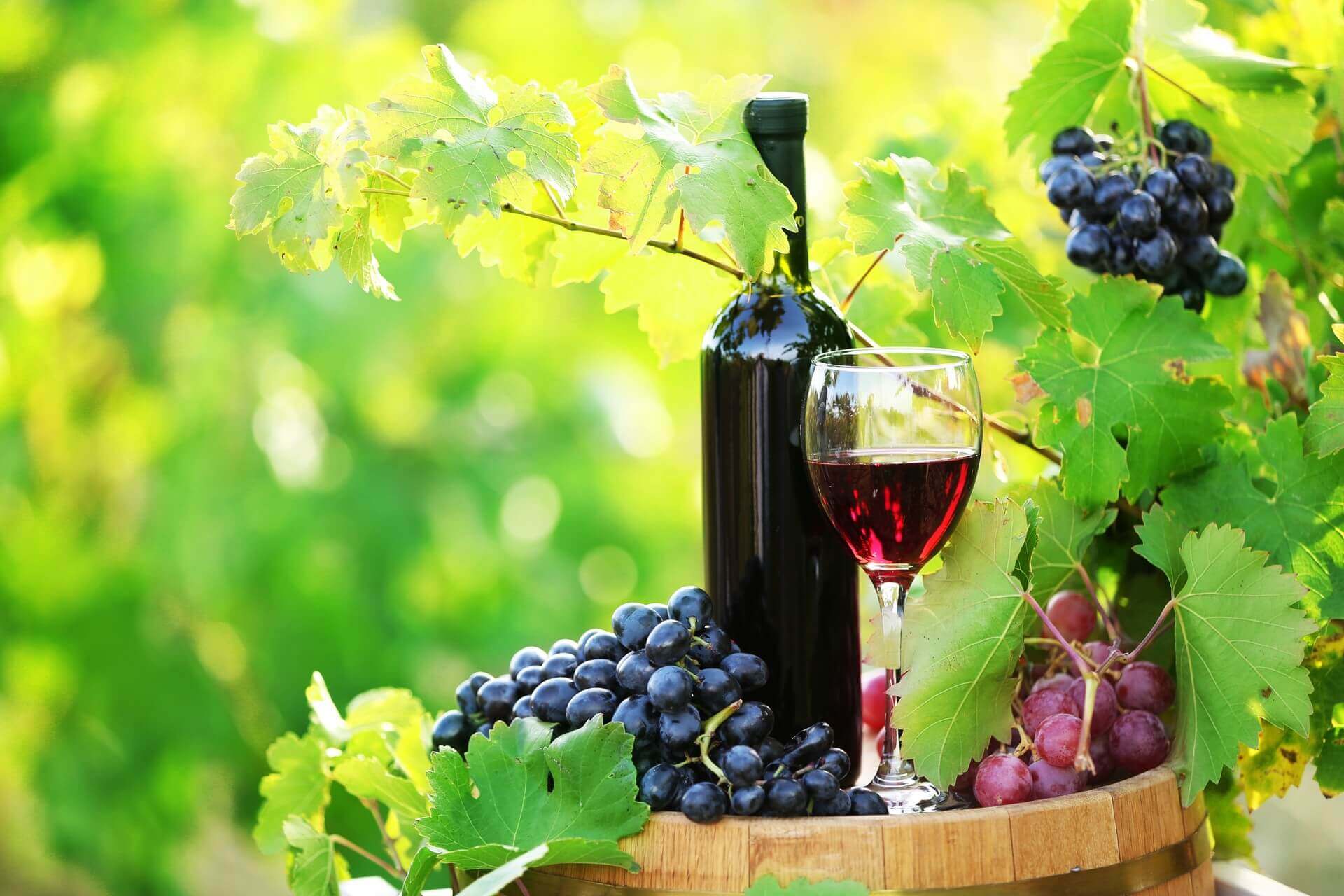
And there are also great soloists – the famous Radošinský klevner, the latest in Europe resonating pink Topoľčian cabernets and Franconians, Mojmir’s Riesling, Feteasca Regala, not to mention the Traminer of Red, Girl of the Grape, Pinot Blanc and Mülleri Thurgau. Plus unique Slovak sparkling from Sered and Nitra.
Soil conditions: Soils with a high skeleton content and mineral base are the basis for the vineyard diversity of the area.
Climatic conditions: Very warm and dry lowland climate region. The heterogeneous relief of the landscape causes very varied microclimatic conditions for the variability of wines.
Eastern Slovak wine region
Vihorlat mountain range with extinct volcano and undulating rim of the Eastern Slovakian lowland surrounds the territory of the youngest Slovak wine-growing region. Its wines have absorbed the atmosphere of conditions that affect the continental climate of the Russian and Ukrainian plains and the unique composition of volcanic soils near Tibava and Sobrance.
Pinot Blanc and Chardonnay, fine and unobtrusive wines, but still in memory, but also sufficiently extractive and spicy wines such as Silvian Greens, Girl’s Grapes and Müller Thurgau.
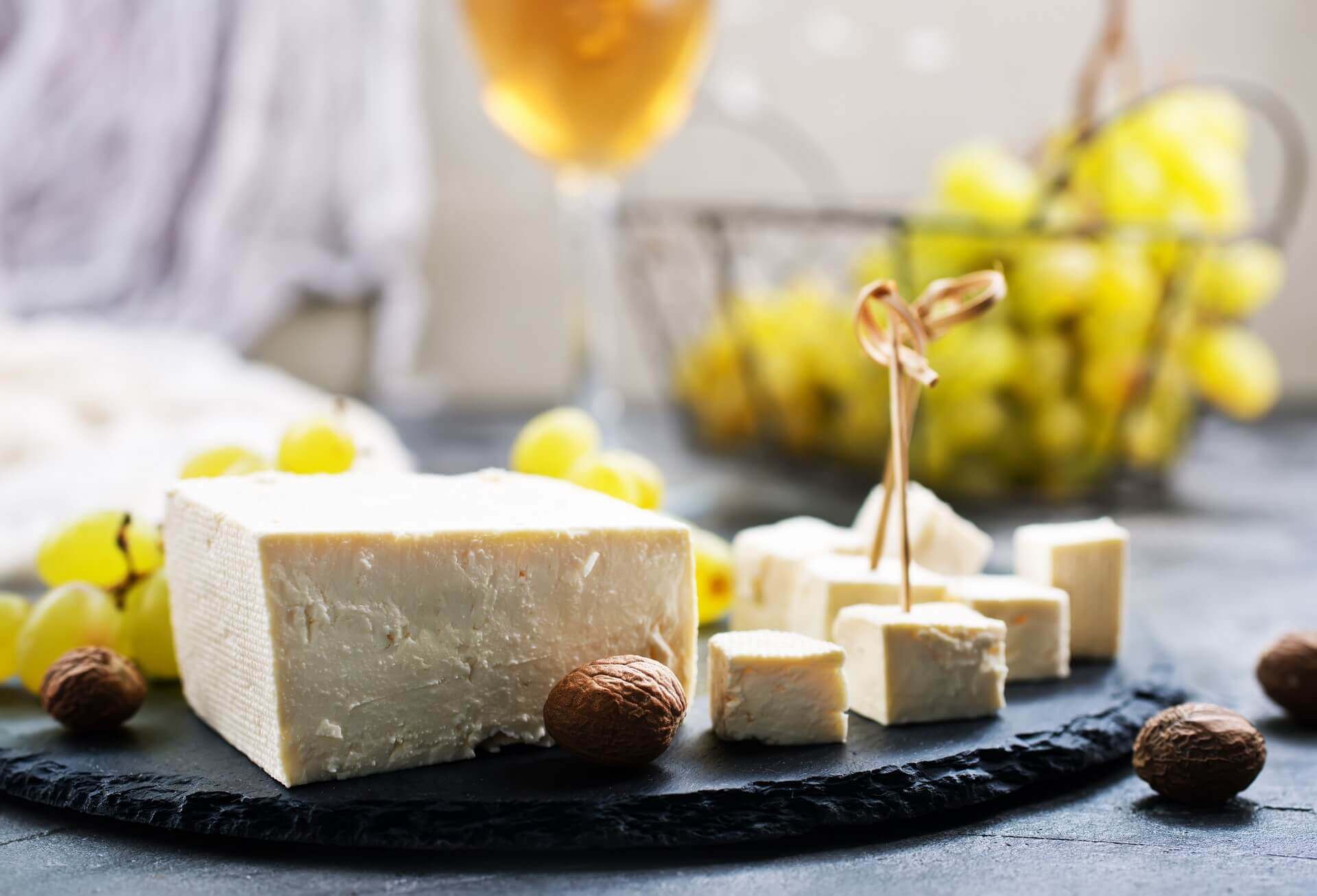
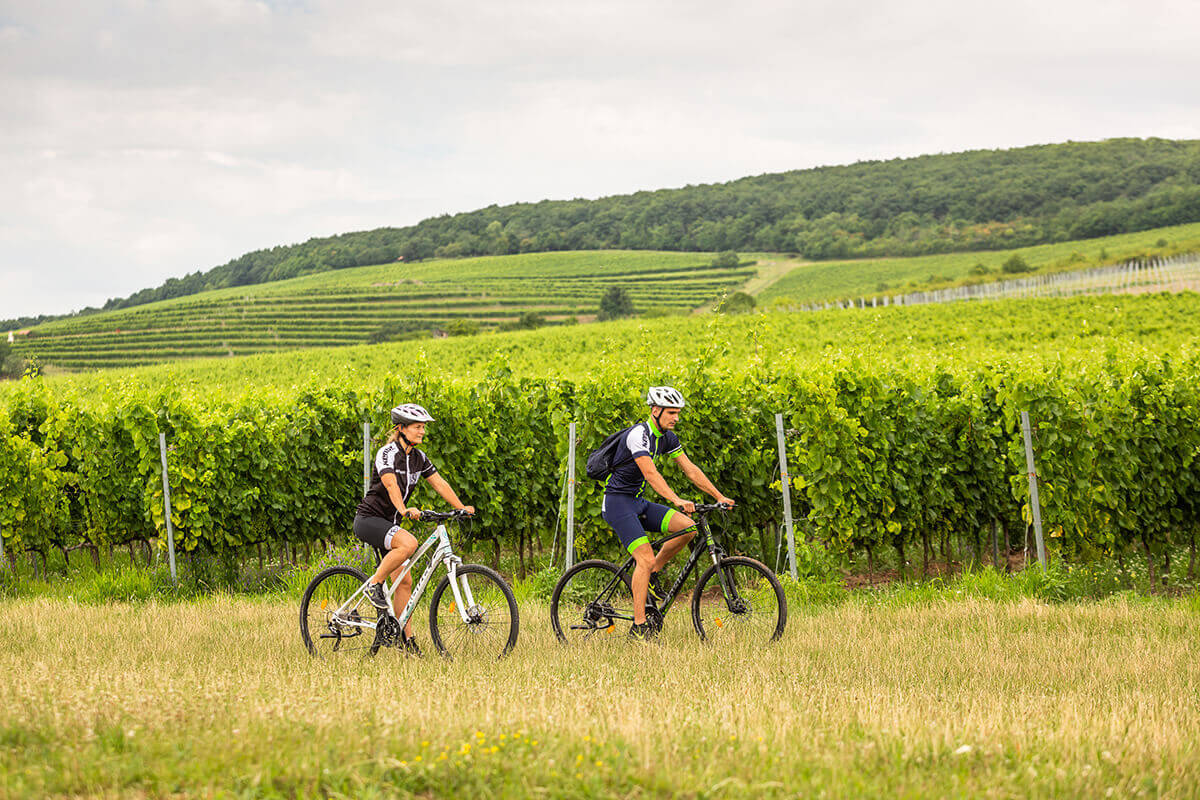
And of course the wine is so close to Slovakia – Rizling Vlašský in its emotionally strong Eastern Slovak form. Blue varieties are represented by plastic Frankovka with the color of a brilliant ruby and Pinot Noir.
Soil conditions: The volcanic base of Vihorlat provides the basis for the fertile soil of the vineyards.
Climatic conditions: The differences between day and night temperature are only 7 – 8 ºC. During the entire vegetation period the temperature is extremely balanced, moving around 24 ºC during the day and around 16 ºC at night.
Tokaj wine region
Tokaj is unique in Europe, just like Bordeaux in France or Chianti in Italy. This wine, born on an exceptional territory stretching on both sides of the Slovak-Hungarian border, is spectacular, timeless and unrepeatable. His birthplace is connected to the core of Mother Earth. The south-eastern slopes of the Zemplín Hills are a remnant of the turbulent volcanic past of the planet. The beautiful autumn sheds the vineyards in a hazy haze that, along with the autumn sun, gives birth to the noble mold of Botrytis cinerea. Her work is Cibeba, a small, not annual, raisin marvel of nature.
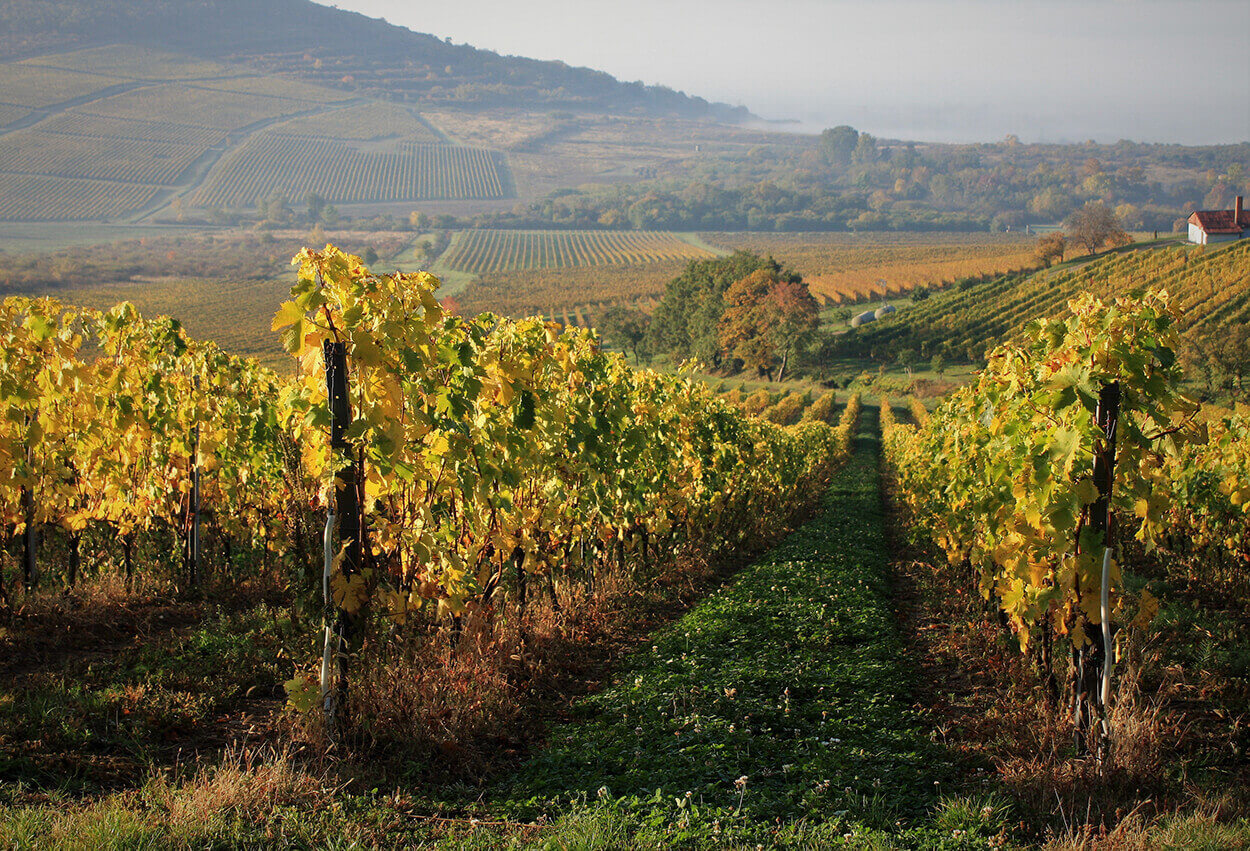
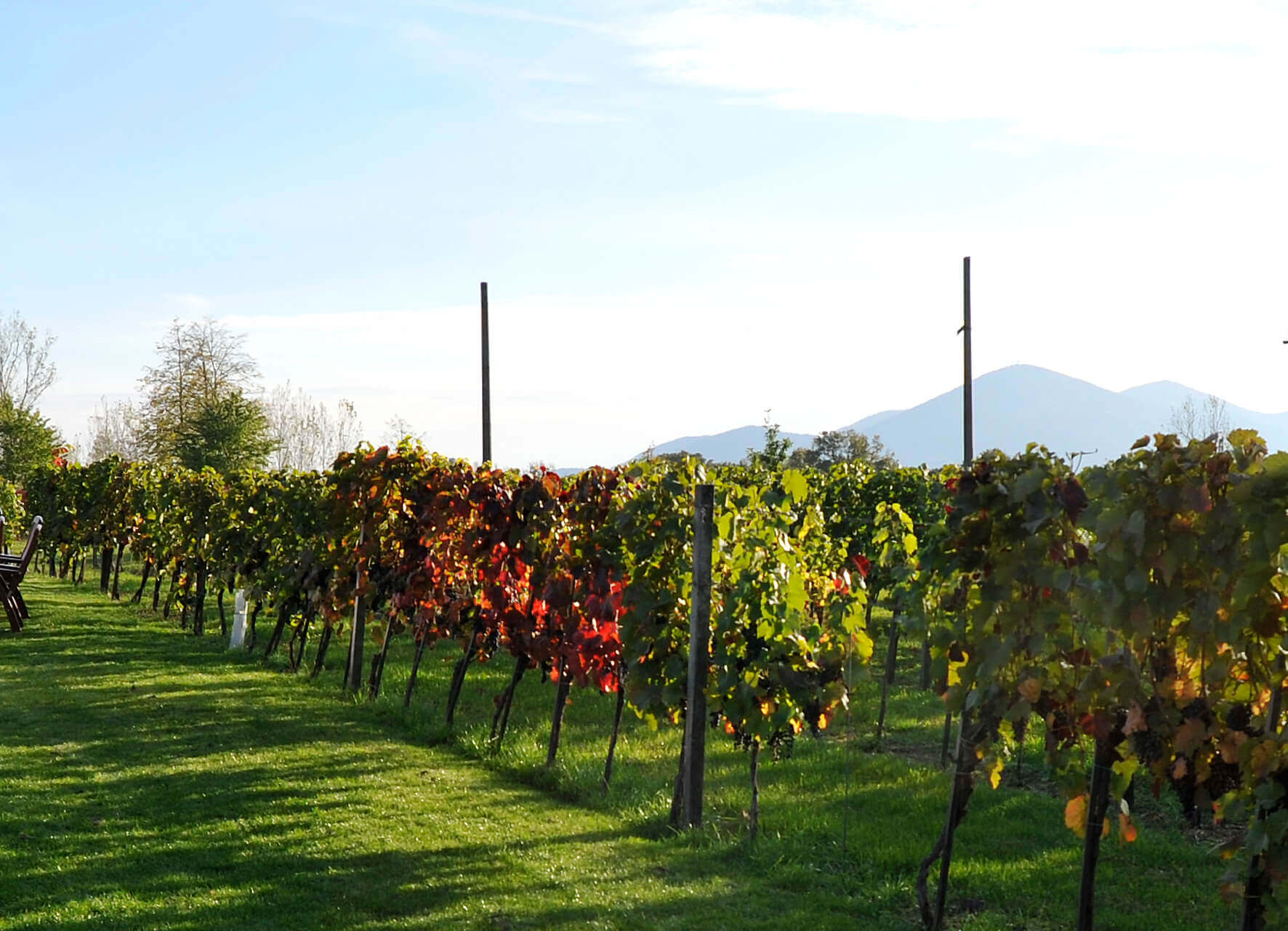
The history-tested three-line variety of Tokaj wines in the form of Furmint, Lipovina and Yellow Muscat, together with the technology of slow oxidation in wooden barrels, creates a mythical wine, again and again coated with a new layer of beautiful experiences.
Soil conditions: The soil is significantly rocky of volcanic origin. It is able to absorb sunlight into itself during the day, which then emits at night – even after a cold night it is still warm in the morning.
Climatic conditions: It belongs to the continental climate zone. A typical feature of this area is the long and dry autumn. Autumn mornings are foggy, which supports the creation of cibebas.
Grape varieties
In Slovakia we currently have 50 recognized Vitis vinifera varieties, from which it is allowed to produce high quality wine. We can meet here varieties that are planted everywhere in the world – Chardonnay, Pinoty – blanc, noir, gris known as Pinot Blanc, Blue and Gray, Sauvignon, Traminer Red, Cabernet Sauvignon, Alibernet, St. Laurent, Zweigeltrebe.
Truly masterfully found in Slovakia you will find varieties typical of Central Europe – Riesling and Rhine Riesling, Palava, Moravian Muscat, Müller-Thurgau, Irsai, Aurelius, Bouvier’s Grape, Girl’s Grape, Feteasca regala, Neuburger, Grüner Veltliner, Grüner Veltliner. The blue varieties are André, Frankovka blue – hitherto suppressed jewel among the blue varieties, but also Neronet. You can compare them with the wines of neighboring countries – Austria, Czech Republic, Hungary and you will find out the character of this Central European region – freshness, sparkling, harmony, appetite.
The real pearl are varieties bred exclusively for us. In their taste we present a piece of land and at the same time a piece of our skill and heart – Devín, Milia, Noria, Danube, Hron, Váh, Nitria. These are varieties that you will not meet anywhere else in the world. These can also be associated with the Tokaj varieties – Furmint, Lipovina, Yellow Muscat, whose unique cultivation and processing gives such exceptional wines.
How many forms does Slovak wine have? Many varieties are a picture of the dynamically developing Central European winery, a view of the springs and new horizons.
